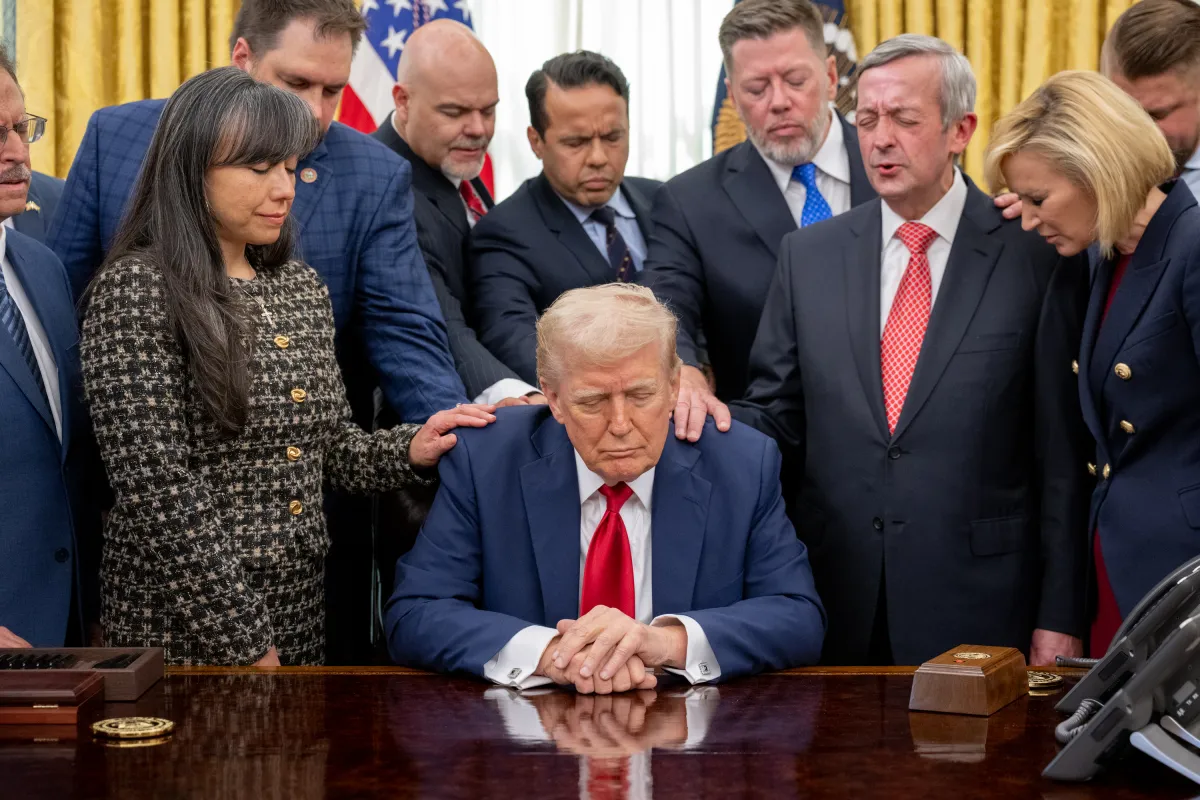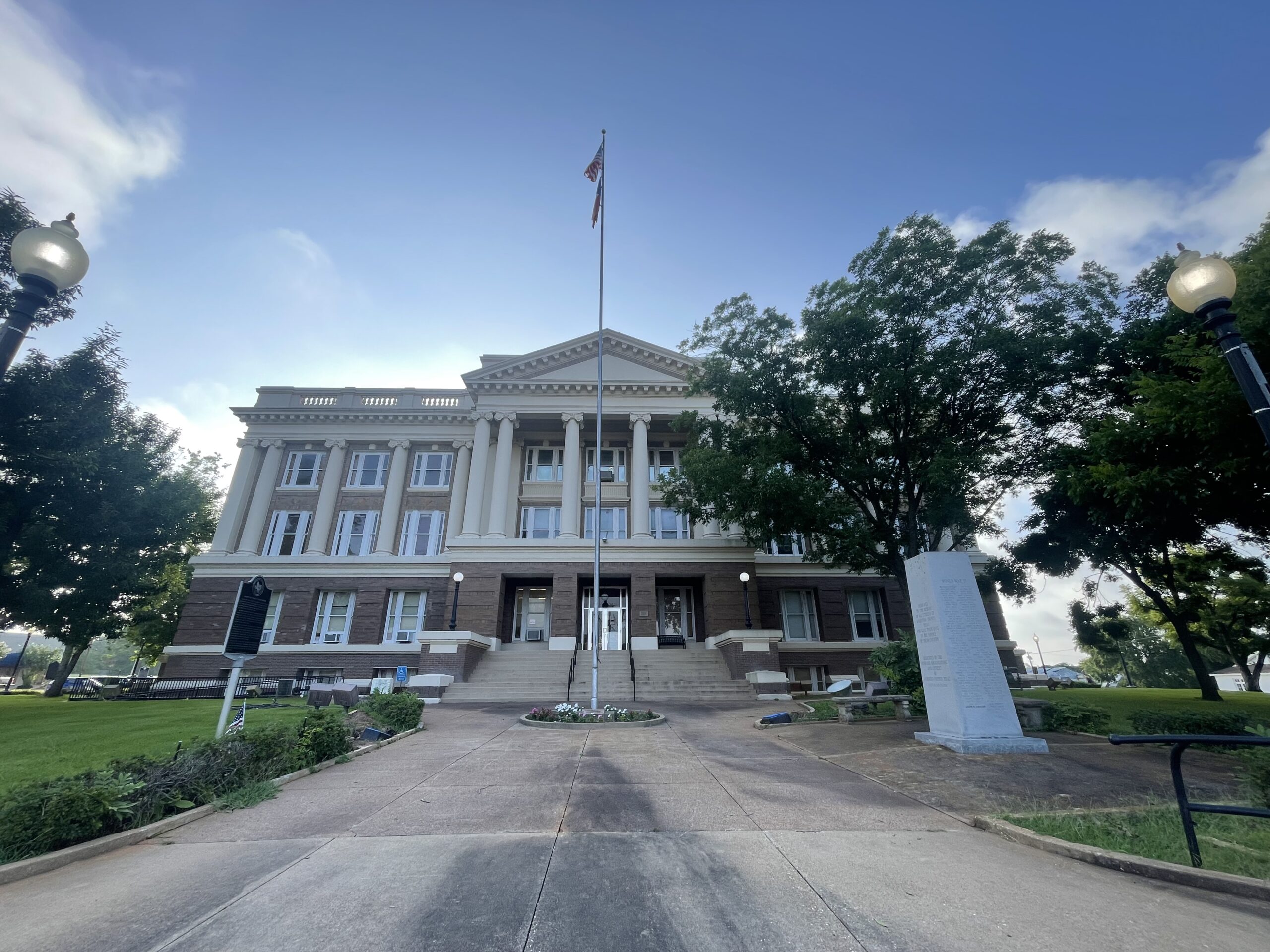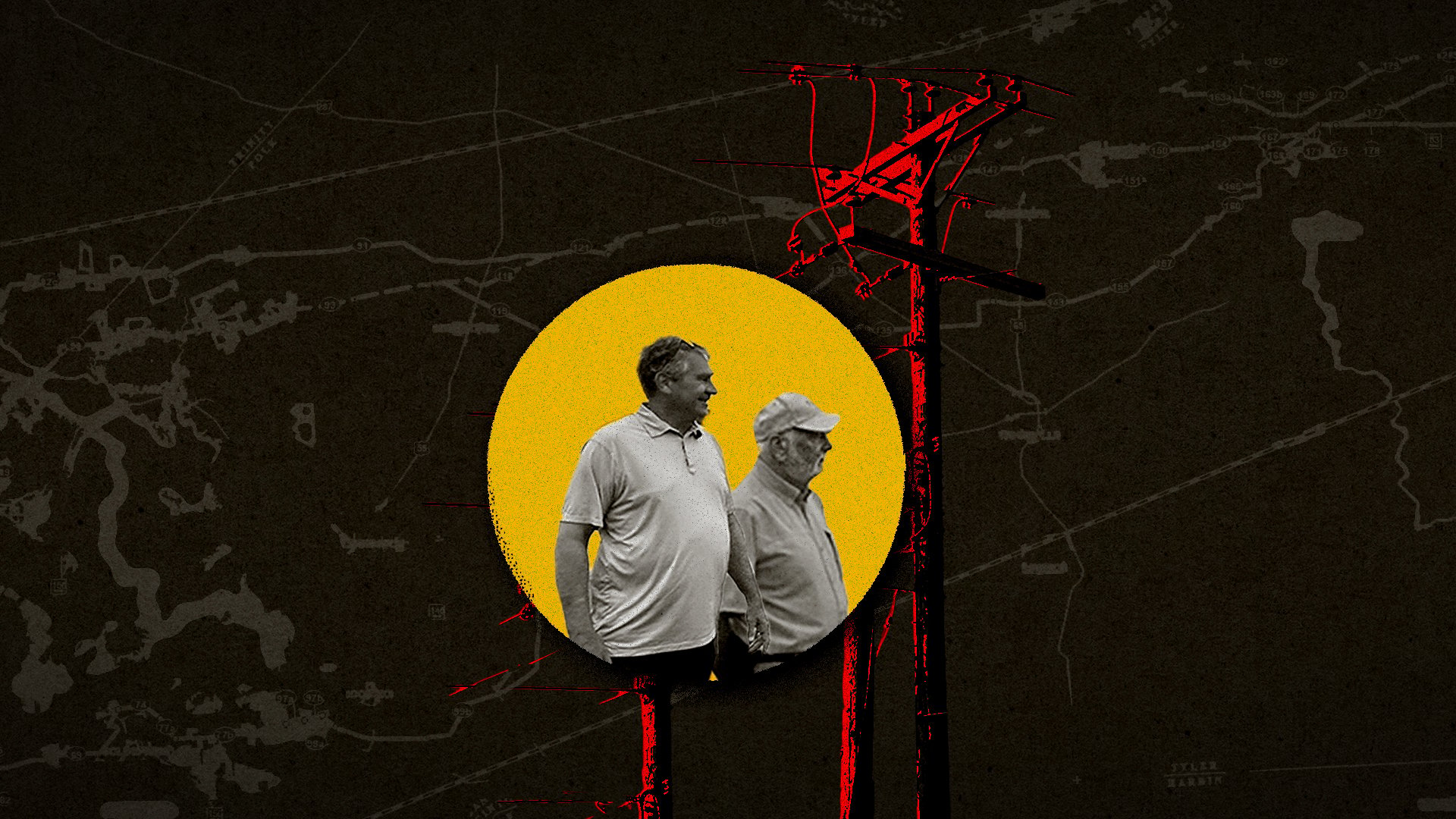Hungry Eye
Michael Nye’s photographs literally speak to you. Accompanying his 50 portraits at the Witte Museum in San Antonio, until April 4, are headphones. Put them on, and you hear the voices of the subjects you’re seeing, talking to you about their lives and what it’s like to go hungry. Here are young women, Katrina survivors, even apparently former middle-class people who have nearly starved. (Nye is the husband of the Observer’s poetry editor, Naomi Shihab Nye.)
Nye’s subjects are not merely victims; they defy stereotypes. In one, John R. sits in front of his makeshift shelter hidden in the outskirts of San Antonio. Nye was at a church in San Antonio when someone pointed to John gardening and told Nye the man was unusual. Nye found that John had a photographic memory and could name each Roman emperor in chronological order and discuss their reigns. He has an encyclopedic knowledge of human anatomy and physical geography. On the recording, John says photographic memory “can be a good thing, because it keeps you in tune with the world, but also, it can be a bad thing because … a memory, and high intelligence, it’s like bulimia. You vomit up all this intelligence, but at the same time, it leaves emptiness inside you that you must eat and you must consume.” John’s often hungry for food as well, and he finds what he can in dumpsters. He has an advantage other homeless people don’t—his knowledge of botany allows him to forage among wild plants.
In another photo, Nye shows that in Texas even cowboys can go hungry. Pepper Lewis, thumbs planted in the pockets of his Levis, shows his resolve to face what many of us cannot imagine. Pepper was a real working cowboy, not a rodeo cowboy. He explains in his audio profile, in a laconic Texas accent, that he could no longer work after his horse bucked him onto a concrete bridge support, cracking his skull and breaking three neck bones. He was reduced to dumpster-diving to find food. “I know exactly what hunger is: doing without,” he says. “I did not eat last Thursday or Friday. Just makes you short-fused, and feel like your belly is rubbing on your backbone. I don’t know what to say. If you have a loaf of bread, you can make it, or a can of beans.”
The exhibit is deeply moving. It’s also an important return to a more humanistic style of documentary photography. Most contemporary documentary photography has been influenced by formalism and advertising. Not Nye’s work. His approach is his own, but the spirit that moved Dorothea Lange and Russell Lee lives in him. His photos are shot from the same level as his subjects, never looking down at them, literally or metaphorically.
Alan Pogue is a documentary photographer and writer. His photographs have appeared in the Observer since 1972.


